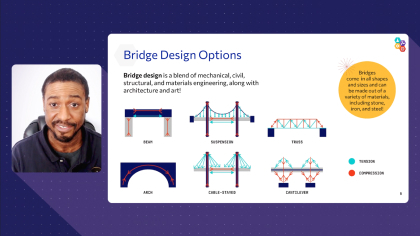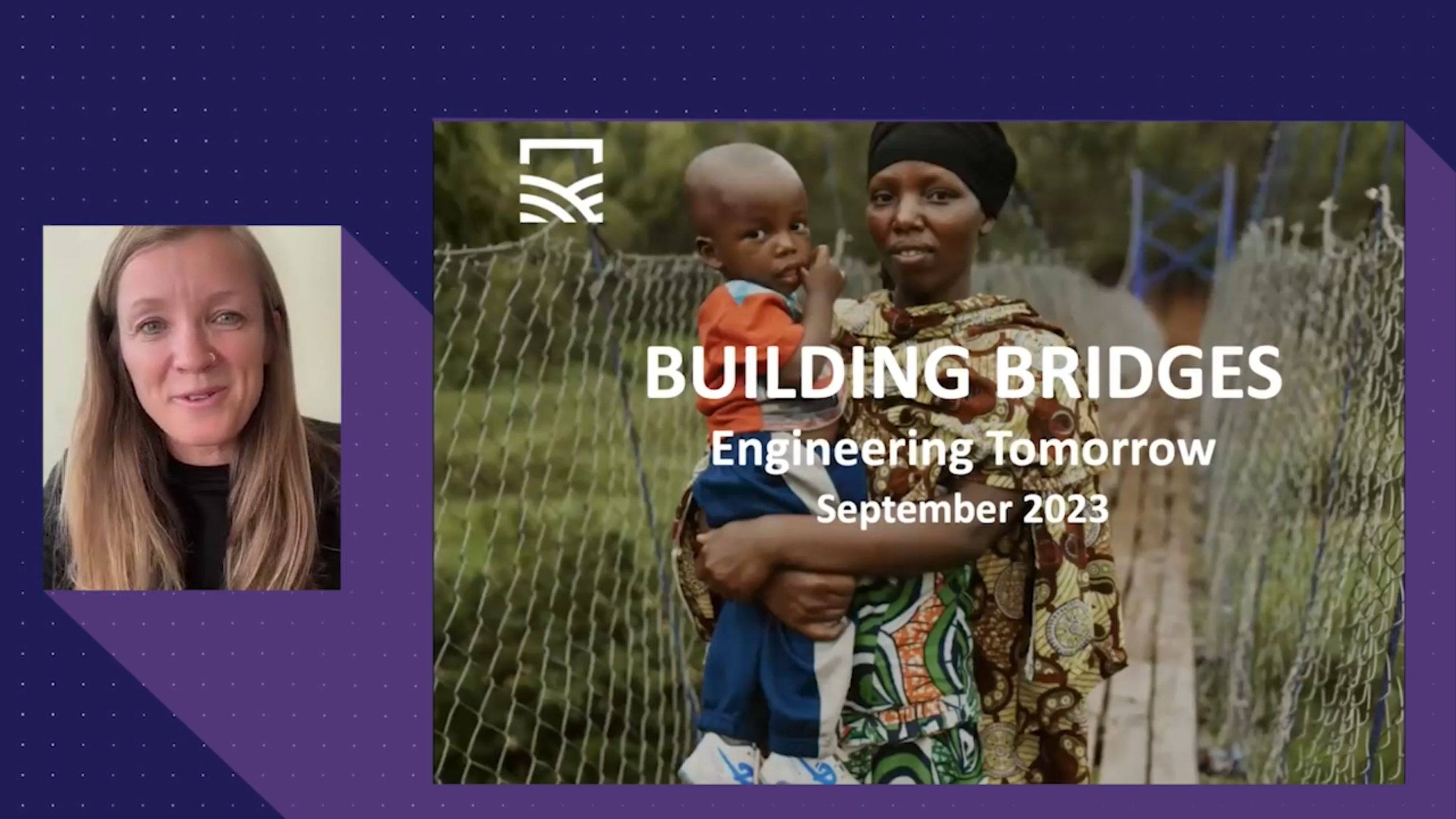This task has students discover and learn about the scientific and real-world aspects of bridges. Students will explore and design their own bridges.
Students will:
- Engage in the Engineering Design Process
- Analyze complex real-world problems following specific criteria in order to problem-solve
- Discover and understand the variety of ways bridges can be designed as well as used in the present-day
- Creatively design a bridge using materials at home
- Reflect and explain their thinking through videos
Carousel
Carousel-
Lab time commitment
100-120 minutes (including 25-minute intro video)
-
Lab materials
-
Live Q&A session and wrap up with
College Students & Professional Engineers
Join our Lab Day event!
Learn about Lab Days
January 15, 2026
Ramon Parchment, PMP
Director, Project Management
Consigli Construction

Jasmine Hughley
Mechanical Engineering PhD Student
University of California, Berkeley
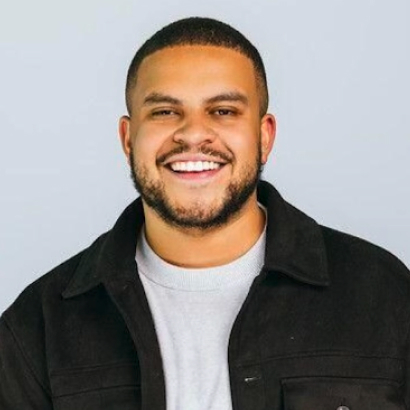
Ernest Holmes
Co-founder & President
CodeHouse
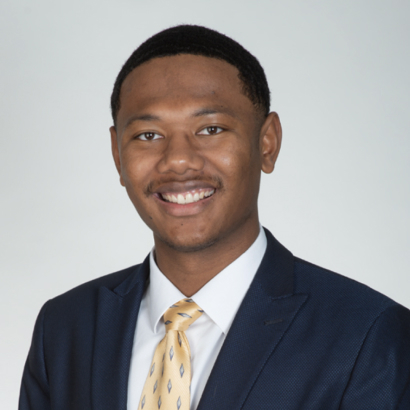
Nate Roseboro
Flight Controls Engineer
Boeing
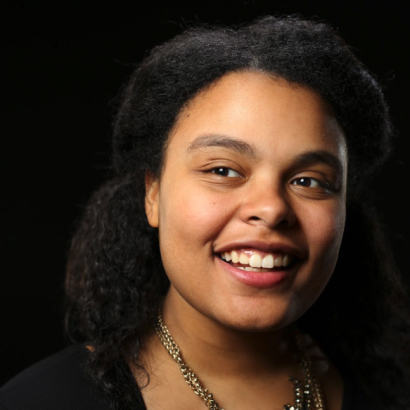
Jaycee Hermida Holmes
Professor of Interactive Media, Spelman College
Co-founder, CodeHouse
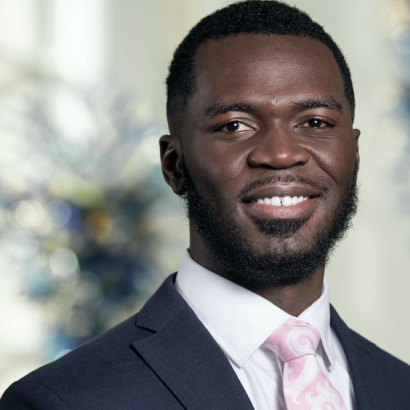
Dr. Daniel Okegbu, MBA
Lead Data Scientist
Booz Allen Hamilton
Classroom Tools & Resources
Get access to all of the presentation materials, workbooks and resources to run the Bridges lab in your classroom.
Lab Intro Videos
Get our engineer’s introduction to the lab topic and learn more about the lab activity.
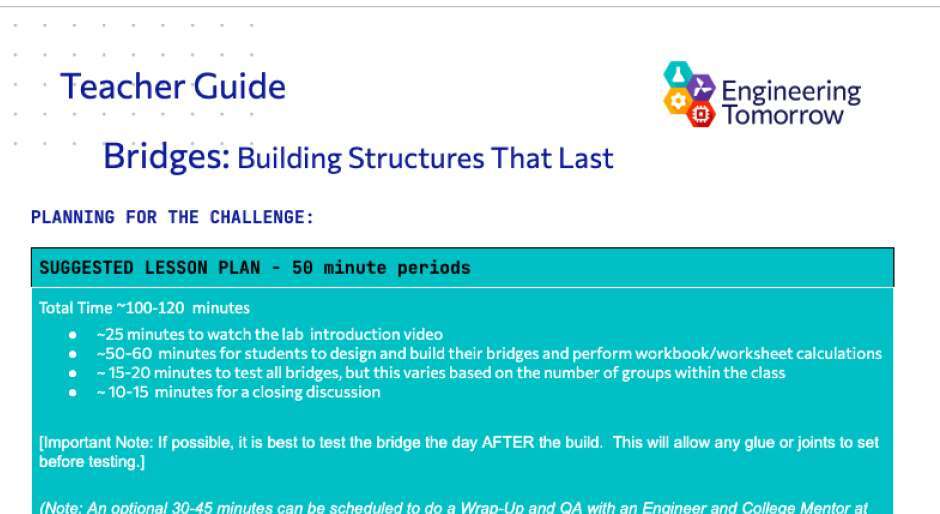
Teacher Guide
Pre-work, instructions and troubleshooting advice.
View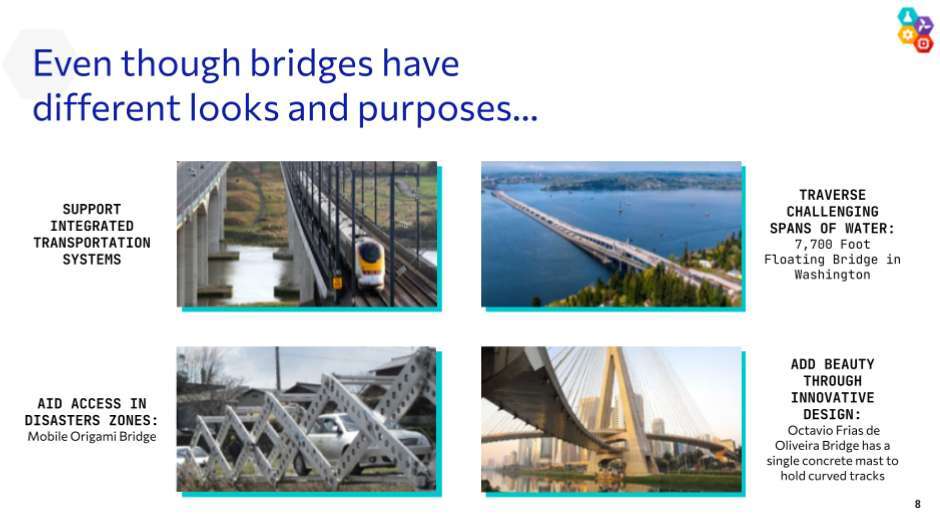
Student Workbook
Questions and assessments from the lab presentation.
View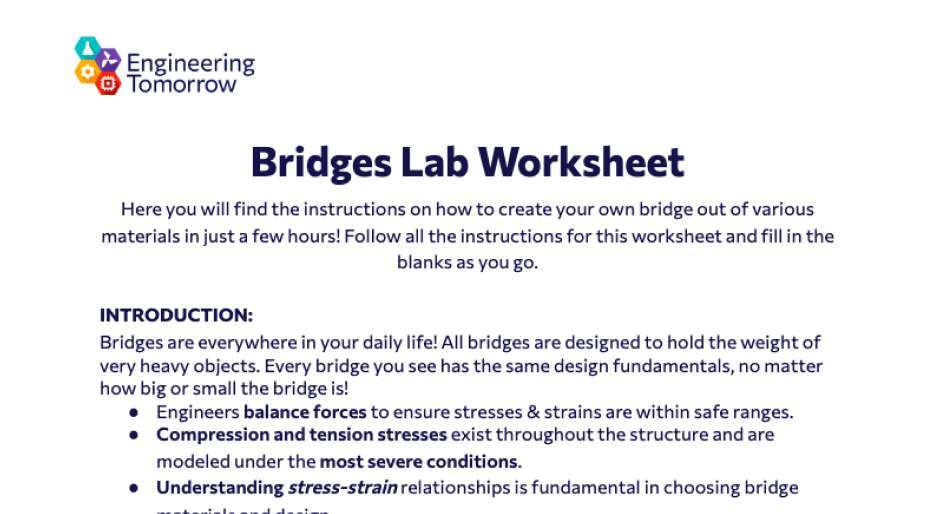
Abbreviated Student Worksheet
A worksheet containing major student lab activities.
View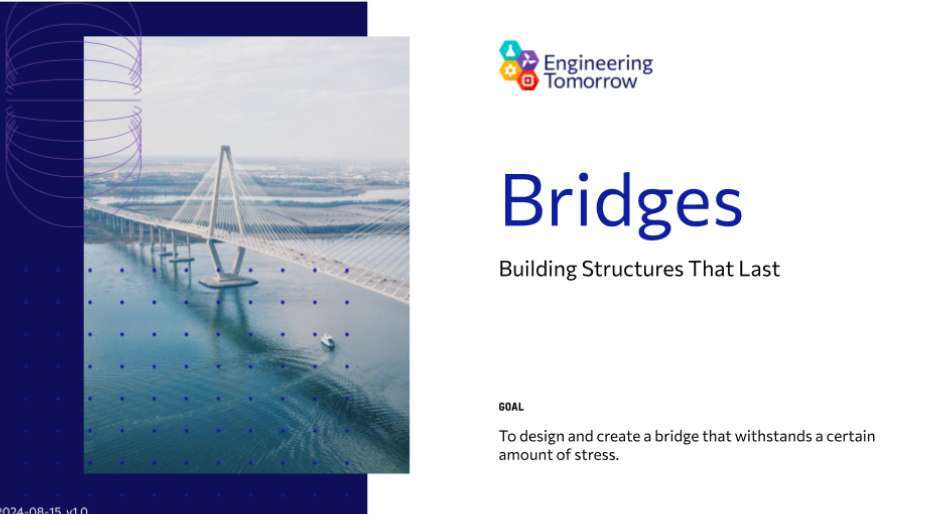
Engineer’s Presentation
Full lab presentation presented by our engineers.
ViewMeet the lab intro host
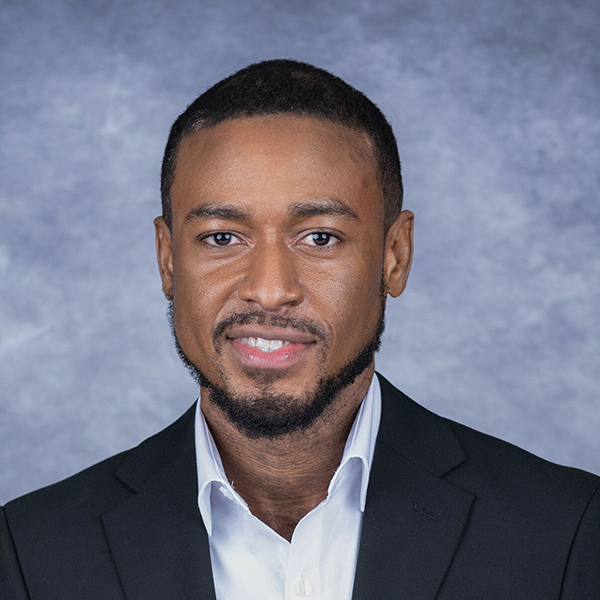
Milton Davis
Curriculum Coordinator, Engineering Tomorrow
,
Aerospace Engineer, NASA
Milton started at Goddard Space Flight Center as a Pathways Student in 2000 working with the Navigation & Mission Design and Components and Hardware Systems branches. As a co-op intern, Milton received a co-patent for his work on a demise-able momentum exchange system (reaction wheel) which has flown on the Global Precipitation Measurement and Lunar Reconnaissance Orbiter missions.
Milton served as an associate branch head of the GNC hardware branch from 2014 to 2018 focusing on new business, new technology, and re-chartering branch career paths. He transitioned to OSAM-1 in 2019 to serve as the Space Infrastructure Dexterous Robotics Payload Systems and Phase lead, and in 2020 he started serving as the OSAM-1 Space Vehicle lead.
Milton served as the National Society of Black Engineers Greenbelt Space Chapter President. He held a BS in Aerospace Engineering from Purdue University and a Masters in Project Management from Johns Hopkins University.

Milton started at Goddard Space Flight Center as a Pathways Student in 2000 working with the Navigation & Mission Design and Components and Hardware Systems branches. As a co-op intern, Milton received a co-patent for his work on a demise-able momentum exchange system (reaction wheel) which has flown on the Global Precipitation Measurement and Lunar Reconnaissance Orbiter missions.
Milton served as an associate branch head of the GNC hardware branch from 2014 to 2018 focusing on new business, new technology, and re-chartering branch career paths. He transitioned to OSAM-1 in 2019 to serve as the Space Infrastructure Dexterous Robotics Payload Systems and Phase lead, and in 2020 he started serving as the OSAM-1 Space Vehicle lead.
Milton served as the National Society of Black Engineers Greenbelt Space Chapter President. He held a BS in Aerospace Engineering from Purdue University and a Masters in Project Management from Johns Hopkins University.
WHY ENGINEERING TOMORROW

Labs are always conducted with no cost to schools, teachers or students.

Hands-on student activities get students excited and keep them engaged.

Cutting-edge instruction designed by professional engineers.

Unlock opportunities for kids all over the country.










